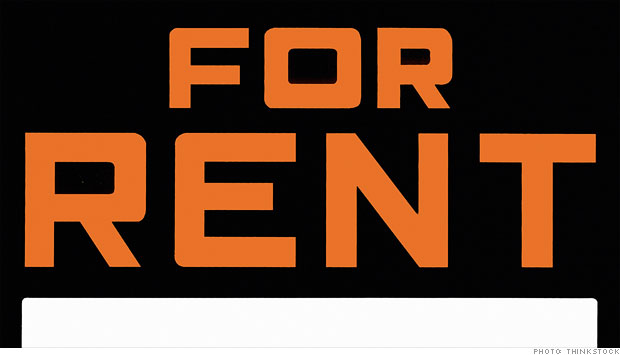
Residential property prices in the United States are expected to fall by 1.57% in the fourth quarter of 2011, according to the December Zillow Home Price Expectations Survey.
Prices are forecasted to decline until the market's bottom is reached in late 2012 or early 2013. After 2013, the panelists expect a relatively steady annual appreciation rate of roughly 3% through to 2016, which is slightly below appreciation rates experienced during the pre-bubble years.
There is a consensus among the nation's top housing experts that we have not yet reached a bottom and are instead working through a prolonged bottoming process. Negative equity, unemployment and low consumer confidence remain the key factors delaying a true recovery,’ said Stan Humphries, Zillow chief economist.
This report suggests that the trend of eroding expectations for a housing market recovery has come to a halt. This is encouraging, but the average survey data are still consistent with a sluggish recovery scenario where eventual price increases will be less than those thought of as normal during the years preceding the national housing bubble,’ said Terry Loebs, founder of Pulsenomics, the firm that conducts the survey for Zillow.
Looking at the expected housing market performance through the five year period ending in 2016, there continues to be significant variation among the panelists regarding their individual home price forecasts. The most optimistic quartile of panelists projects nearly 18.3% price growth over the next five years, while the most pessimistic quartile projects a 1.4% decline.
Given the current economic climate and uncertainty around the government's future role in housing, it's not surprising to see such a wide dispersion in long term forecasts. As the market starts to stabilize, we should see individual forecasts start to converge,’ explained Humphries.
In the December survey, the panelists also offered their views on last month's increase to loan limits for Federal Housing Administration (FHA) mortgages, as well as their assessments of the likelihood that the FHA would require a federal government bailout within the next two years.
Among other findings on these matters, the panelists were almost equally split on the loan limit increase, with 51% opposed and 49% in favour of it. Some 28% of the 91 panelists who expressed a view indicated the likelihood of a bailout of the FHA by the federal government within the coming two years as high or very high.
The survey panel included a diverse group of economists, real estate experts, and investment and market strategists. The survey is based on the projected path of the S&P/Case-Shiller US National Home Price Index over the coming five years.
http://www.propertywire.com/news/north-america/us-real-estate-outlook-201112225905.html
Prices are forecasted to decline until the market's bottom is reached in late 2012 or early 2013. After 2013, the panelists expect a relatively steady annual appreciation rate of roughly 3% through to 2016, which is slightly below appreciation rates experienced during the pre-bubble years.
There is a consensus among the nation's top housing experts that we have not yet reached a bottom and are instead working through a prolonged bottoming process. Negative equity, unemployment and low consumer confidence remain the key factors delaying a true recovery,’ said Stan Humphries, Zillow chief economist.
This report suggests that the trend of eroding expectations for a housing market recovery has come to a halt. This is encouraging, but the average survey data are still consistent with a sluggish recovery scenario where eventual price increases will be less than those thought of as normal during the years preceding the national housing bubble,’ said Terry Loebs, founder of Pulsenomics, the firm that conducts the survey for Zillow.
Looking at the expected housing market performance through the five year period ending in 2016, there continues to be significant variation among the panelists regarding their individual home price forecasts. The most optimistic quartile of panelists projects nearly 18.3% price growth over the next five years, while the most pessimistic quartile projects a 1.4% decline.
Given the current economic climate and uncertainty around the government's future role in housing, it's not surprising to see such a wide dispersion in long term forecasts. As the market starts to stabilize, we should see individual forecasts start to converge,’ explained Humphries.
In the December survey, the panelists also offered their views on last month's increase to loan limits for Federal Housing Administration (FHA) mortgages, as well as their assessments of the likelihood that the FHA would require a federal government bailout within the next two years.
Among other findings on these matters, the panelists were almost equally split on the loan limit increase, with 51% opposed and 49% in favour of it. Some 28% of the 91 panelists who expressed a view indicated the likelihood of a bailout of the FHA by the federal government within the coming two years as high or very high.
The survey panel included a diverse group of economists, real estate experts, and investment and market strategists. The survey is based on the projected path of the S&P/Case-Shiller US National Home Price Index over the coming five years.
http://www.propertywire.com/news/north-america/us-real-estate-outlook-201112225905.html
